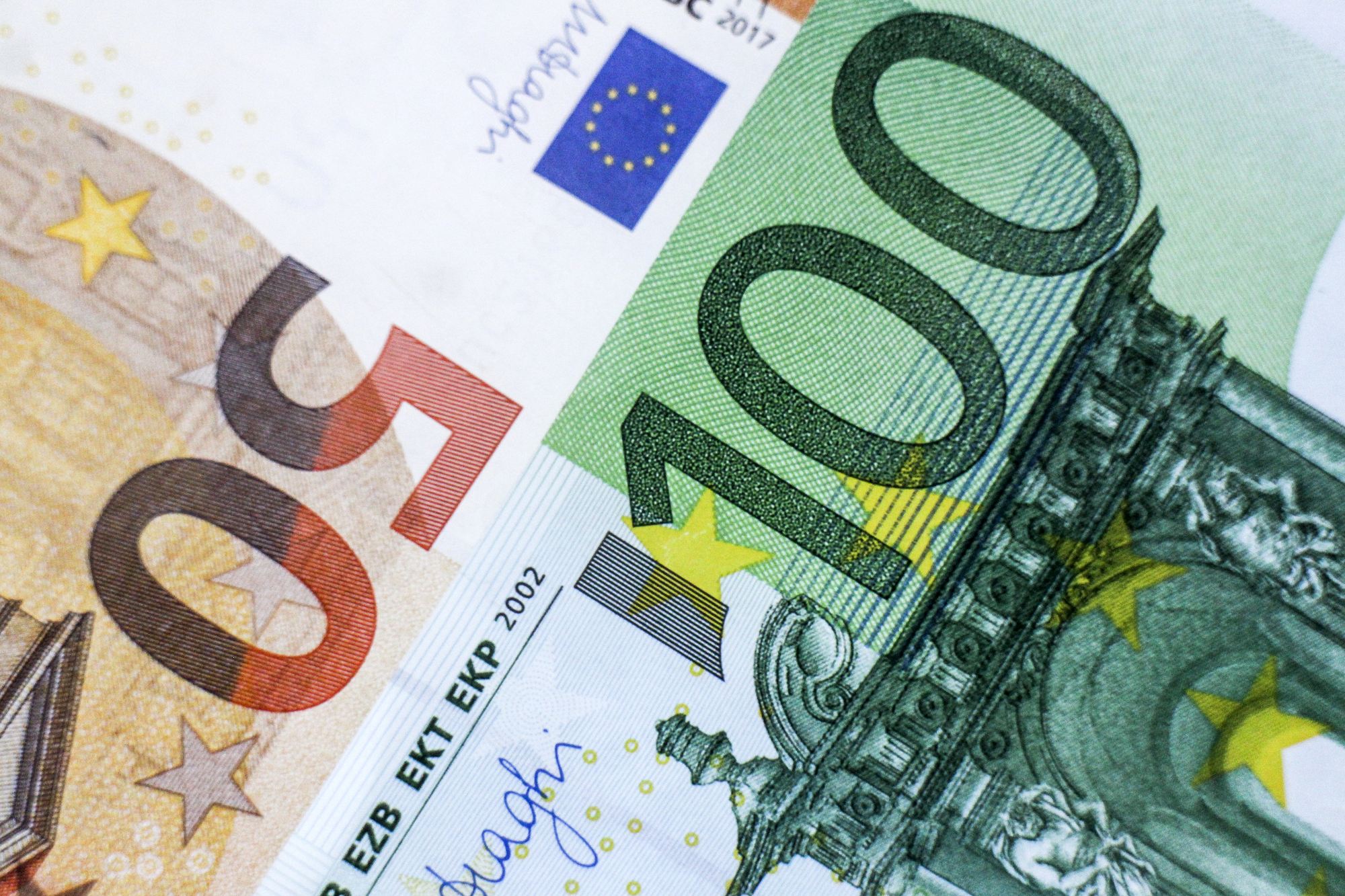While banks offer deposits with annual rates of 7–13% and take a 23% tax on every hryvnia of profit, there’s an alternative — just as safe, but often more profitable. We’re talking about Domestic Government Bonds of Ukraine (or the DGBU). They start at UAH 1,000, and you can buy as little as one bond. Yields on these bonds often beat deposit rates, and the income is tax-free and guaranteed by the state.
But if you want your money to work not just for you but also to help bring Ukraine closer to victory, there’s been another option since 2022: Domestic Government Bonds Issued during the War Time (war bonds) — a government’s tool to fund the military. Why are more and more Ukrainians choosing war bonds as a reliable and patriotic way to invest? Read on to find out.
Since 1995, Ukraine has been issuing domestic government bonds — essentially “state debt receipts,” where you lend money to the government, and it pays you back with interest over time. Usually, the proceeds from these bonds go to the general state budget. In 2022, war bonds emerged — a special type of domestic bond issued during martial law to directly fund defense needs. Today, in times of war, Ukraine relies significantly on war bonds as a source of internal financing. In just the first four months of 2025, their sales brought in UAH 80 billion. For comparison, Ukraine received UAH 98 billion from international partners from January to March.
Have war bonds been used to fund state budgets in other wars? Find out in the article.
Figure 1. The journey of war bonds from the state to the investor
Author: Mariia Balytska
Since March 2022, the Ministry of Finance has been holding weekly auctions for war bonds every Tuesday (you can follow them here). Only specially designated banks — primary dealers approved by the Ministry of Finance—are allowed to purchase these bonds directly. After buying them, banks can either keep the bonds as investments or resell them to clients with a small markup. For example, a bank might buy a war bond for UAH 1,000 and sell it to a client for UAH 1,015.
It is no surprise, then, that most war bonds are currently held by banks. As of March 1, 2025, legal entities (banks and non-financial companies) own 83% of all war bonds. Households hold 14%, and another 2% belongs to foreign investors. Over the past three years, the structure of war bond ownership has barely changed.
Figure 2. Structure of war bondholders in circulation
War bonds come in three currencies — hryvnia, US dollars, and euros. The face value is 1,000 units of the respective currency. They differ by currency, term (from 1 to almost 3 years), and promised yield. For example, the lowest current yield is on euro-denominated bonds — 3.22% per year — while the highest is on hryvnia bonds — 18.35% annually. This means that by investing UAH 1,000, you can earn anywhere from UAH 145 to UAH 185 per year, depending on the specific issue and the date you buy the bond. For instance, if a bond was issued on January 1, 2024, with a 10% annual yield and a 2-year maturity (meaning the government will return your initial UAH 1,000 on December 31, 2025), buying it at the very beginning would earn you UAH 100 for 2024 and another UAH 100 for 2025. But if you buy the same bond on January 1, 2025, you’ll only earn income for one year—UAH 100.
Figure 3. Characteristics of bonds in circulation as of March 1, 2025
If you need the money sooner, you do not have to wait until the bond matures—you can sell it to someone else. In that case, instead of receiving a fixed return as you would by holding the bond to the end, you will get whatever price a new buyer is willing to pay. The price depends on how much time is left until maturity and the bond’s yield. The closer the payout date is, the less you can earn since the buyer will receive less interest. In other words, the less time left until maturity, the lower the benefit for the new investor, and, accordingly, the lower the price.
Figure 4. Characteristics of the war bond market as of March 1, 2025
Although citizens hold the largest share of dollar-denominated war bonds (34% of all such bonds in circulation), the majority of war bonds overall are issued in hryvnia, over 329 million units. However, only 7% of these are owned by individuals. This suggests that people are cautious about investing in hryvnia war bonds, likely due to inflation (which reached 10.7% in 2024), even though the yields on these bonds exceed the inflation rate.
Figure 5. Structure of war bond holders in circulation as of March 1, 2025, by bond currency
Since October 3, 2022, buying war bonds has become even easier — you can now do it through the Diia app. However, Diia does not sell the bonds directly — it simply connects users to partner banks or licensed brokers. In the app, the bonds are named after temporarily occupied cities, like Skadovsk, Kerch, or Vuhledar. This move reinforces the idea that by purchasing a war bond, investors are helping bring the liberation of Ukrainian territories closer.
As of March 1, 2025, there were over 332 million war bonds in circulation, worth around UAH 418 billion in total.
Figure 6. Dynamics of the war bond market growth (in hryvnia equivalent)
So, war bonds are more than just a profitable investment. They combine financial returns with supporting the country in a time of crisis. By buying these bonds, you not only preserve and grow your savings — you also contribute to Ukraine’s victory. It’s an investment that benefits both you and Ukraine.
Photo: depositphotos.com/ua
Attention
The author doesn`t work for, consult to, own shares in or receive funding from any company or organization that would benefit from this article, and have no relevant affiliations



